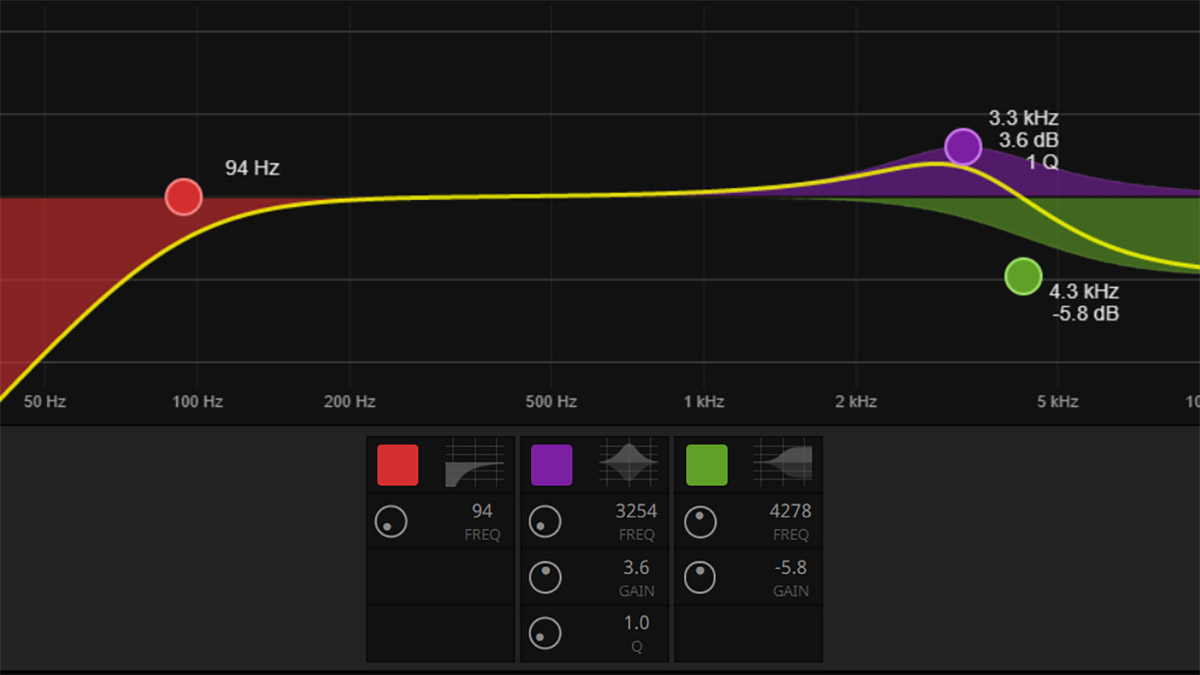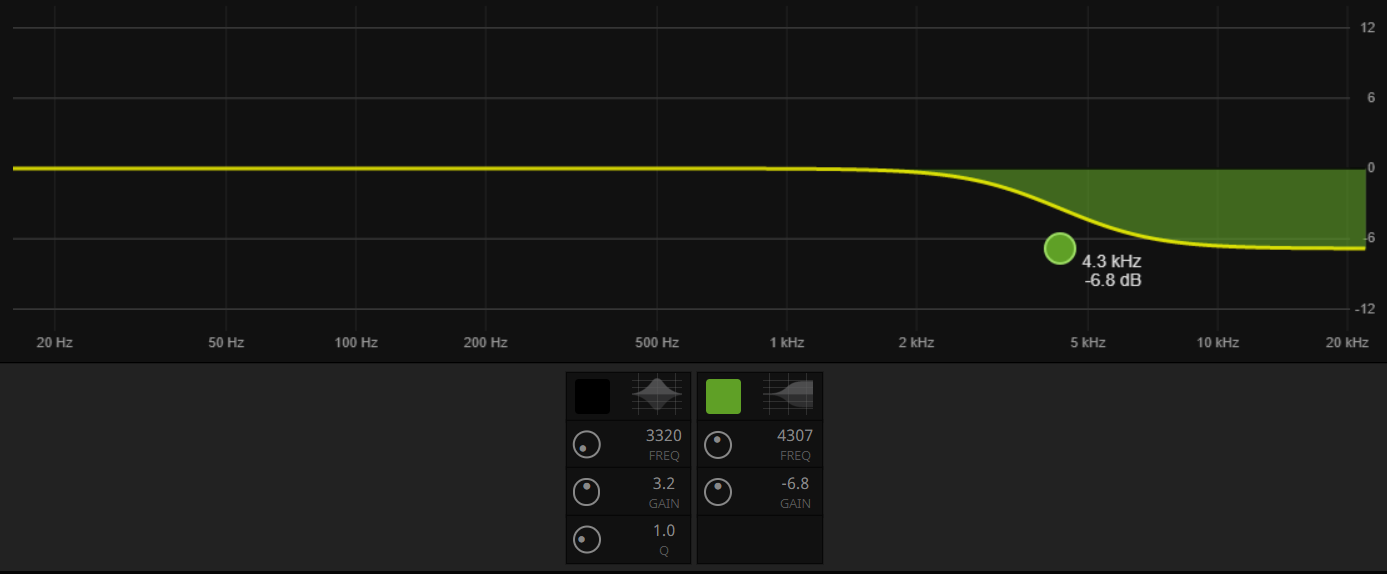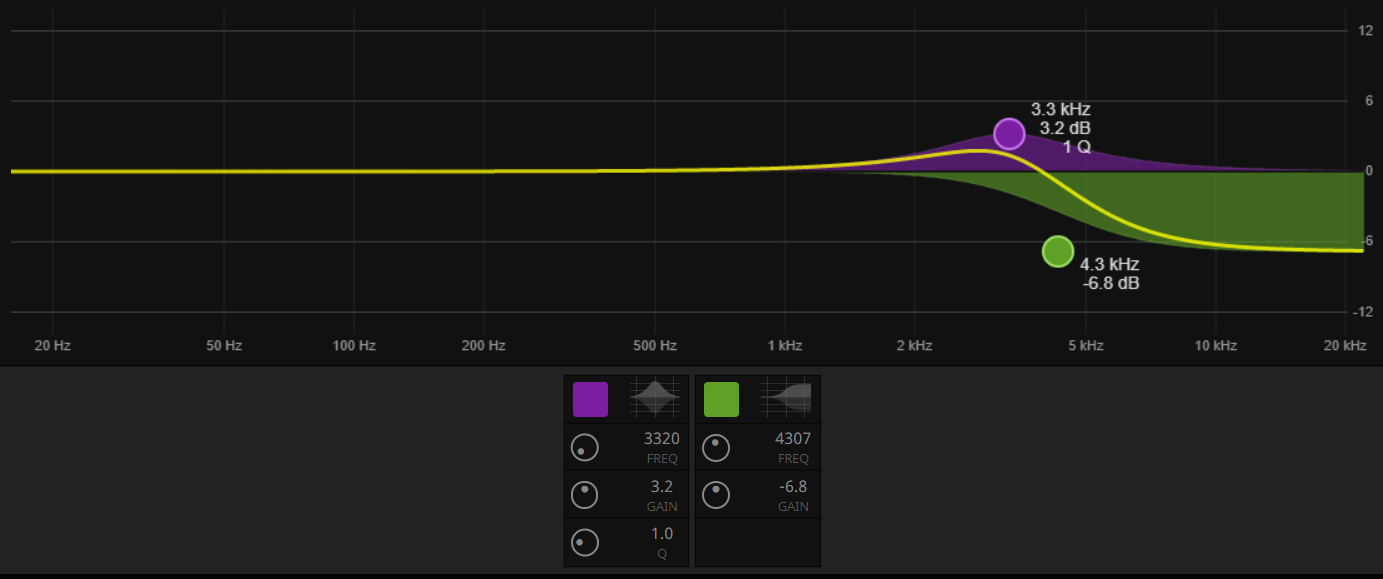Four Ways Subtractive EQ Can Improve Your Mix

Producers use subtractive EQs on every mix – with the tips below, you can learn how to use equalizers more effectively, and level up your mixes in the process. Also, don't miss our EQ Ear-Training tools in the EQ Playground.
You can of course use high-pass filters to filter out unwanted rumble and low-pass filters to reduce unwanted hiss – and we've covered the best ways to use these filters in the past – but this is just the start. Below we detail several more ways that subtractive EQing can improve your mix quality.
1. Boost Then Cut
Unmixed music can be full of unwanted resonances, and subtractive EQ is vital for smoothing these out. These resonances can come from the ringing of a snare, the way a vocal resonates on specific notes within a certain room, or from any number of other sources. The quickest and easiest way to isolate problem frequencies is to boost them first. Set an extremely narrow Q on an EQ band, and push the gain as high as it will go. Sweep the EQ back and forth across the frequency spectrum and the resonant area will ring out unpleasantly – you will know that this is the place that you need to cut.
2. Keep Your Q Setting Narrow (If Possible)
The more cuts you make, and the wider those cuts, the less natural your instrument can start to sound. Of course sometimes a broad cut is simply necessary, but try to keep a narrow Q wherever you can. If you only cut the problematic frequencies, you should be left with a musical part that still sounds full, rich and natural.
3. Use A Dynamic EQ
On certain occasions you will have to deal with material that contains troublesome resonances on certain notes - but you find that it sounds thin and unnatural in other places when you apply a cut to the problematic frequency. The answer here could be a dynamic EQ. These EQs are not dissimilar to multi-band compressors in that they cut frequencies when they pass a certain gain threshold. That means that on the 'problem notes' the EQ will cut, but on other notes it won't engage and therefore won't colour the signal when it doesn't need to. There is a great dynamic EQ included as part of iZotope's Neutron 3 software, or if you're on a tight budget then Tokyo Dawn's NOVA is a great free option.
4. Refine Your Cuts With Boosts
If your cut sounds a little too harsh, then you can smooth it out by boosting the frequencies just before the cut is made. In the example below, we've added a low-pass filter to a bass to reduce unwanted high-end hiss. However the cut has left the higher registers slightly lifeless, so we've boosted the signal at around 3.3kHz, just before the cut, in order to re-inject that high-end energy.
With some EQs, you may find that altering the Q will automatically add these boosts, but in other cases you will have to add them yourself using a separate EQ band.
Have you visited our EQ Playground? Get hands-on EQ training and Practice to improve your equalization skills and make faster and more accurate EQ decisions when mixing and producing.





Comments:
Login to comment on this post